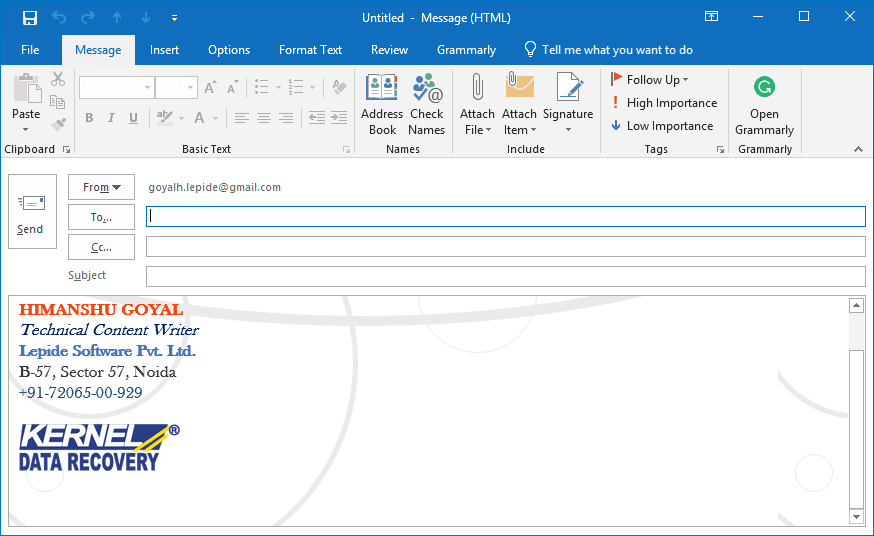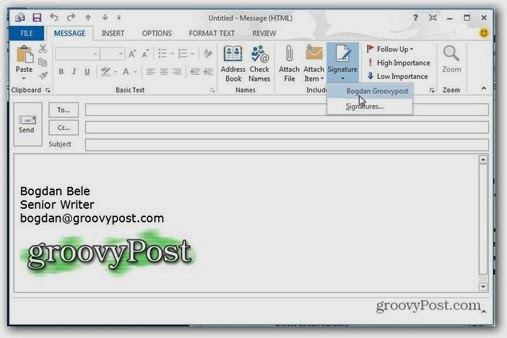

Below are a few design tips to help you get started.

It is always a good idea to plan your design ahead of writing the Adaptive Card payload, using a paint tool for instance or even just pen and paper this will make it a lot easier to translate visuals into the appropriate Adaptive Card constructs. "text": "**FLIGHT ITINERARY - CONTOSO AIR**"Īn Adaptive Card can be very simple or quite complex depending on the layout you wish to achieve. "speak": "Your flight is confirmed for you and 3 other passengers from San Francisco to Amsterdam on Friday, October 10 8:30 AM", The ability to align elements horizontally and vertically.The ability to layout elements in multiple columns.The ability to control the amount of space between those elements.The ability to stack elements of various types in any order.The above card illustrates some of the core and most powerful capabilities of the Adaptive Card format: The Adaptive Cards Designer provides a drag-and-drop experience to quickly build and tweak adaptive cards. There you will find Adaptive Card samples (including the one below) that can help you get started crafting your own cards and also allows you to send those cards to your own Microsoft 365 email account to see how they look in Outlook. Our Card Playground tool has been updated to support the Adaptive Card format. If you are implementing an Office 365 or Microsoft Teams connector, please refer to the MessageCard format reference.įor information on which Outlook versions support the Adaptive Card format, see Outlook version requirements for actionable messages.

Office connectors and Microsoft Teams connectors do not currently support the Adaptive Card format. The MessageCard format is still supported but is now de-emphasized. The Adaptive Card format is only available for Actionable Messages sent via email, and is required to support Outlook on iOS and Android.


 0 kommentar(er)
0 kommentar(er)
